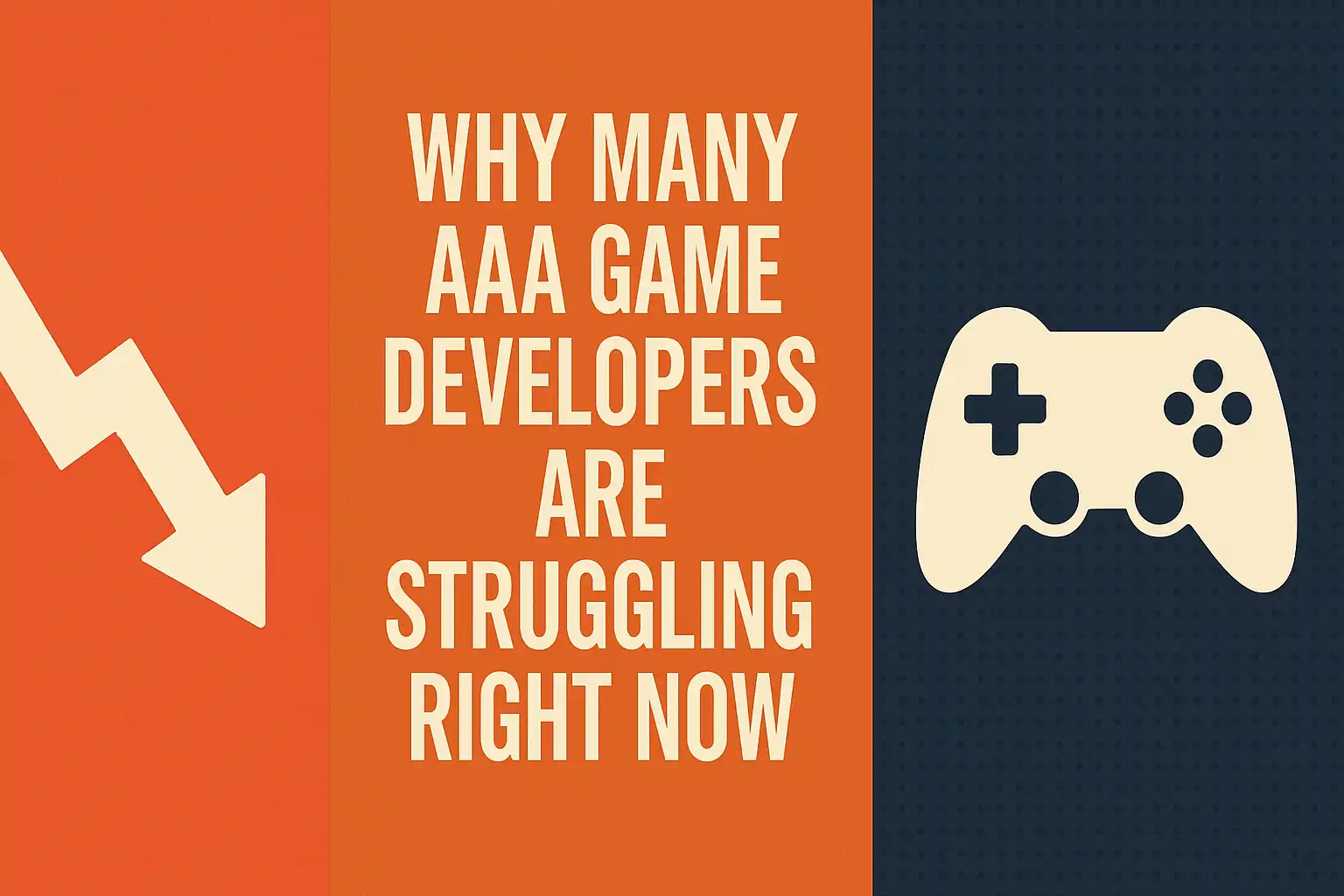Why Many AAA Game Developers Are Struggling Right Now

Factors Behind the Downturn
Rising production expenses
The cost to craft blockbusters has climbed steeply. Visual quality needs more staff more time and complex tools. Budgets balloon. Few teams can risk an open ended pipeline any longer.
Publishers opting for known quantities
Major funders now favour familiar franchises and tested formulas. Novel ideas are parked or delayed. As a result new mechanics rarely reach players.
Financial headwinds
Growth forecasts have cooled. Credit is more expensive. Backers ask sharper questions before they commit. This tightens purse strings and narrows the scope of proposals.
Visual polish wins at the expense of rules
Much effort flows into spectacle and cinematic show. Game rules design often receives second billing. At times engagement systems look patched on late in development.
Long hours remain a problem
Large projects require extended schedules. Staff endure intense periods of work. That fatigue damages wellbeing and dulls creative thought.
Genres cluttered with lookalikes
The shelves fill with similar titles. Fresh offerings must fight for attention. Many quietly fail to gather momentum.
Unused creative capacity
Teams sometimes cannot show their best ideas to completion. Hierarchical processes and conservative roadmaps trap concepts on paper. The end products can feel safe and predictable.
Outcomes Seen Across the Sector
Studio closures and staff cuts
Several companies have reduced headcount or ceased operations. Skilled workers scatter to smaller firms or change sector. The talent pool shifts quickly.
Less daring in game craft
Experimental development has slowed. There are fewer headline making innovations at the top tier. Storytelling and systems that once surprised now appear less often.
Player patience wears thin
Audiences voice displeasure at repeat releases and predictable design. Critical praise is harder to earn. Communities demand more than safe sequels.
Indies fill the gap
Small teams are taking risks. They test new loops new narratives and hybrid mechanics. A number hit big and draw attention away from the old guard.
Industry balance is changing
With blockbusters pulled back and independents pushing forward the market dynamic shifts. Opportunity now lies with those who can innovate without huge budgets.



